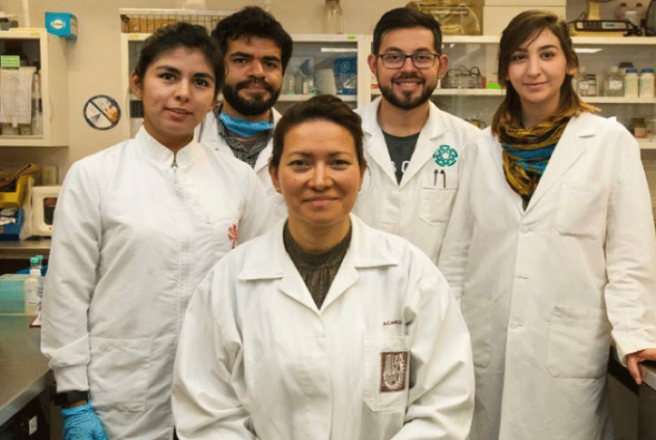
Female scientist finds a CURE for HPV infection after 20 years
In an incredible breakthrough for cancer research, a female scientist from the National Polytechnic Institute (IPN) has reportedly found a complete cure for human papillomavirus (HPV).
The apparent cure would help to prevent the spread of cervical cancer among women. Dr Eva Ramon Gallegos, a Mexican scientist, claims to have eliminated the virus in 29 patients infected with HPV.
The report states that a team of researchers, led by Dr. Gallegos, treated the 29 women with non-invasive photodynamic therapy (PDT), which involves using a drug called a photosensitizer and a particular type of light to treat different areas of the body.
Dr. Eva Ramón Gallegos cured HPV in TWENTY NINE PATIENTS, the discovery prevents malignant neoplasm which is the second leading cause of death in Latina women. you’re making history #LatinasinSTEM she did that!
— (@fruitsheII) February 12, 2019
Dr. Gallegos had been studying the effects of photodynamic therapy for an amazing 20 YEARS to help tackle tumours such as breast and melanoma cancer, and specialised in the study of photodynamic therapy.
She treated 420 patients in Oaxaca and Veracruz, as well as 29 women in Mexico, with the technique. The repercussions from the treatment were promising; photodynamic therapy was able to eradicate the virus in all patients.
The virus was eradicated in 100 percent of those tested who carried HPV without premalignant lesions of cervical cancer using photodynamic therapy. The treatment was 64.3 percent successful in women with both HPV and lesions.
The therapy has no side effects, which is amazing as it doesn't do any damage at all to the body to have the treatment.
Eva Ramon Gallegos
After a long 20 year research, she discovered a cure for HPV. Because of that, she’s putting an end to cervical cancer for women. pic.twitter.com/sBpAPmxNjG— (@StephDenisse) February 10, 2019
Dr. Gallegos said; “Unlike other treatments, it only eliminates damaged cells and does not affect healthy structures. Therefore, it has great potential to decrease the death rate from cervical cancer,” Radio Guama report.
HPV is a widespread virus from all over the world, with more than 100 variants. 14 of these variants can cause cervical cancer, a disease which is fast becoming a leading cause for death among female cancer patients.
Cervical cancer is the fourth most common cancer in women, according to the World Health Organisation (WHO).
Feature image: National Polytechnic Institute









